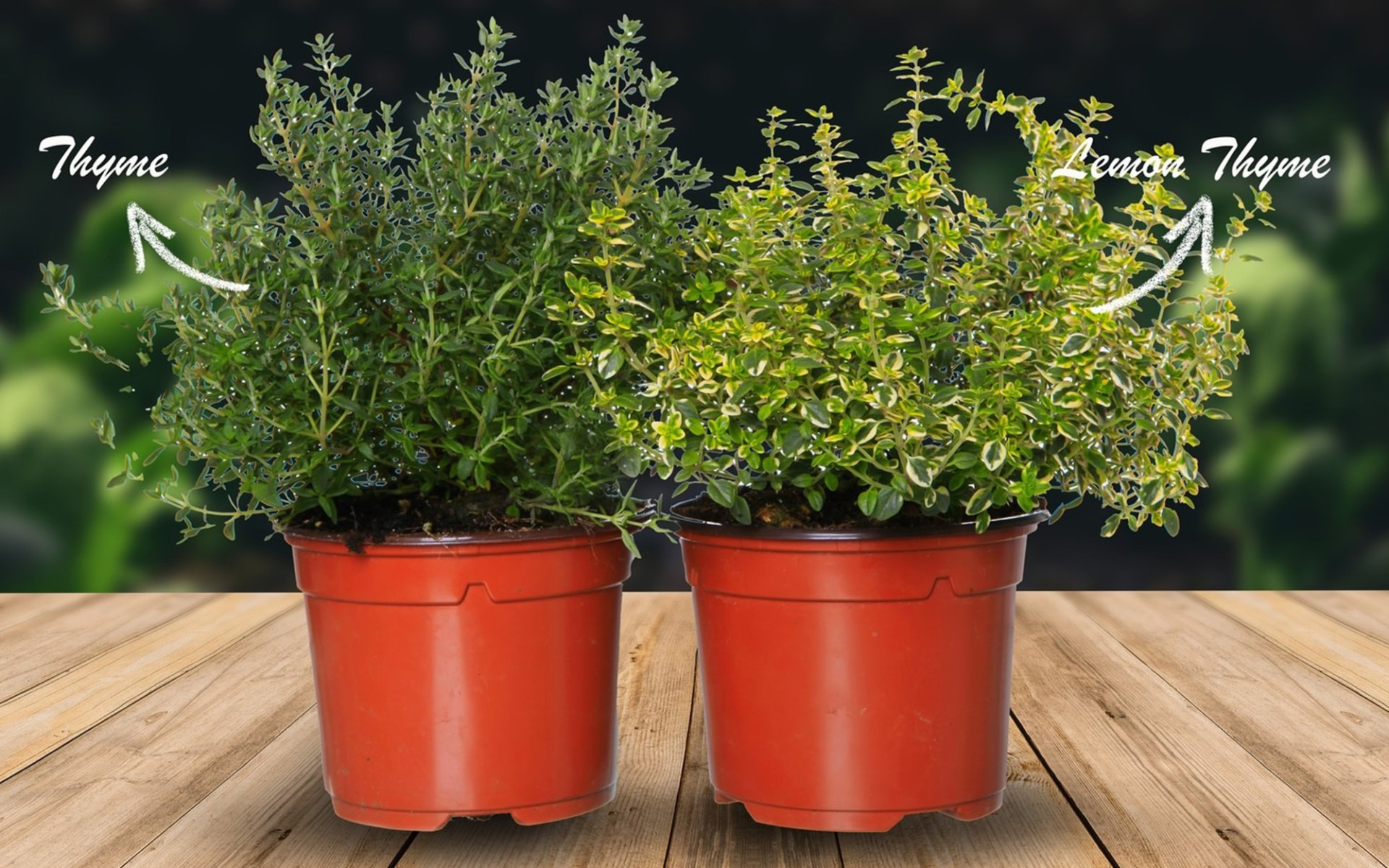Thyme And Lemon Thyme

In the diverse culinary cultures around the world, it's undeniable that spices have been used in kitchens for many ages. Each region boasts its unique array of spices. Today, we invite you to explore two aromatic Western herbs: Thyme and Lemon Thyme.
Thyme: From Incense to a Symbol of Courage
Thyme is an aromatic herb native to the southern Mediterranean Sea. Ancient Egyptians and Greeks were among the first to cultivate thyme for use as an aromatic in religious ceremonies. Later, the Romans began using thyme leaves as medicine, having discovered their properties in alleviating respiratory and digestive problems.
However, as time passed, thyme leaves became widely used in Europe, popularly incorporated into cheeses and liquors before being used as a household spice to enhance the aroma of various dishes, including soups, stews, roasts, stir-fries, and fried foods, or for marinating meats. Its usage is similar to rosemary, parsley, and oregano.
In medieval Europe, thyme leaves were believed to be a symbol of courage. Soldiers going into battle often carried thyme leaves with them to ward off evil spirits. Additionally, thyme leaves were also commonly used as an insect repellent.
Lemon Thyme: A Distinctly Fragrant Variety
Regarding Lemon Thyme, many mistakenly believe it's a hybrid between thyme and lemon plants. In reality, lemon thyme is a distinct species, scientifically named Thymus x citriodorus, a separate variety within the thyme family. Lemon thyme was discovered in the 17th century. Initially, it was used for medicinal purposes, similar to common thyme, due to its tart taste, making it popular for treating coughs and colds. Eventually, it too became used in cooking, just like common thyme.
Distinguishing Features and Aromatic Qualities
Thyme and lemon thyme are strikingly similar in appearance. Both types have long stems covered with small green leaves. Common thyme leaves are solid green, while lemon thyme leaves have a subtle greenish-yellow hue. However, the distinct difference between the two lies in their aroma. Common thyme has a mint-like fragrance, derived from its essential oils and a compound called Thymol. Lemon thyme, on the other hand, has a faint minty scent combined with a prominent lemon aroma.
Culinary Uses and Health Benefits
In terms of usage, both types of thyme can be used similarly, either fresh or as dried powder. However, fresh leaves tend to be more fragrant. Today, both types of thyme are staple herbs in French, Italian, and Mediterranean cuisines, commonly used to flavor soups, stews, sauces, and meats. Additionally, thyme is a popular primary ingredient in herb blends such as Herbes de Provence and Zaatar.
Health Benefits
From a health perspective, both thyme and lemon thyme contribute to treating infections, alleviating respiratory complications, stimulating blood circulation, and boosting the immune system. They are rich in various nutrients, including Vitamins A and E, iron, copper, manganese, and fiber.


